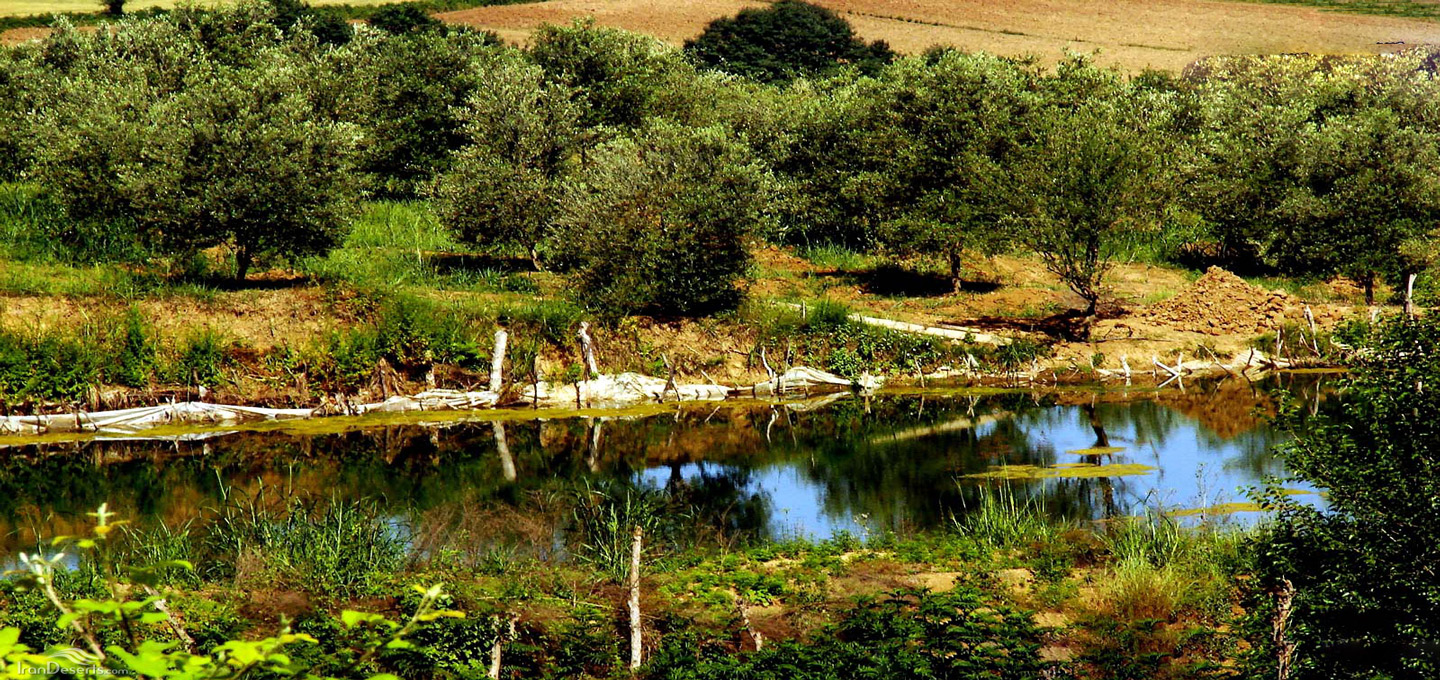During a High Council for Environment's session last week presided over by President Hassan Rouhani, the borders of protected areas were revised but the alterations have drawn the ire of the environmental community.
The meeting had two items on the agenda: to study and approve the status of 11 protected zones and revise the borders of 28 others.
The 11 zones had been designated as such during past administrations without the council's approval. Following the request of the General Inspectorate Organization of Iran, the council reviewed the cases in last week's session and issued an official license, the official website of the Department of Environment reported.
According to Hamid Zohrabi, DOE's deputy for natural environment, the total area of the 11 zones is around 2 million hectares covering some major vegetation and wildlife habitats.
The other 28 zones were proposed for revision as they had reportedly lost their ecological value due to urban or rural development in their vicinity and the change in their natural appearance but were causing multiple economic and social issues for the residents.
"The topic was discussed following frequent requests by local officials and also in line with an article of the Sixth Five-year Economic Development Plan (2017-22), which requires the DOE to modify the borders of protected zones to adapt them to new principles of the International Union for Conservation of Nature," Zohrabi said.
The 28 zones cover an area of 77,000 hectares and are spread over 12 provinces.
Unclear Data
The lack of transparency about the details of decisions in this regard has raised concerns among environmentalists who claim that the council is sacrificing Nature in favor of development. DOE's official portal has refused to publish detailed information about the recent directives and confined to quoting Zohrabi as saying that a total of 5,000 hectares have been added to protected zones.
He has not clarified how much area, if any, has been deducted from the zones. This is while information has leaked that the deductions are far greater than the additions.
Certain media have criticized the move using terms such as "a giant shock to the country's environment" and "the High Non-Environment Council".
Majid Makhdoum, a retired university professor who claims to know the terms of the directives, has called it "appalling" in a talk with Jam-e Jam Online.
"They are messing everything to seize the lands. The areas they are ceding have not been encroached on before. They are changing the borders so as to operate mines or sell the lands," he accused the councilors.
Mohammad Reza Tabesh, the head of the parliament's environment faction, did not officially confirm the reduction, but said that it seems the area will shrink with the modifications.
He added that "the reduction could be beneficial if made purposefully".
"I suggested precise studies on each of the zones but the council members said there had already been agreements between the ministries concerned and DOE," he said, adding that governors have also accepted the possible social consequences of the decision.
Asghar Mohammadi Fazel, former natural environment deputy at DOE, has expressed satisfaction over the approved status of the 11 zones. He, however, regretted that the issue of the 28 zones was not brought up for discussion by experts so as to be backed by collective wisdom.
The official suggested that the reduction could have been due to the massive and irreparable damage to natural areas.
"Sometimes, natural areas are damaged to a point where there is no choice but to detach them like an infected organ," he said.
"Although it is an unprofessional decision, it is an inevitable one in management terms."
He called for more transparency to prevent misunderstandings about the matter.
In response to the accusations, Zohrabi told the media that the modified zones constituted only 0.4% of the country's total protected areas.
"A map of the reformed borders will soon be published to resolve the ambiguities," he said.
There are 282 areas under the protection of DOE that are categorized into "Protected Area", "National Park", "National Natural Landmark" and "Wildlife Refuge".


